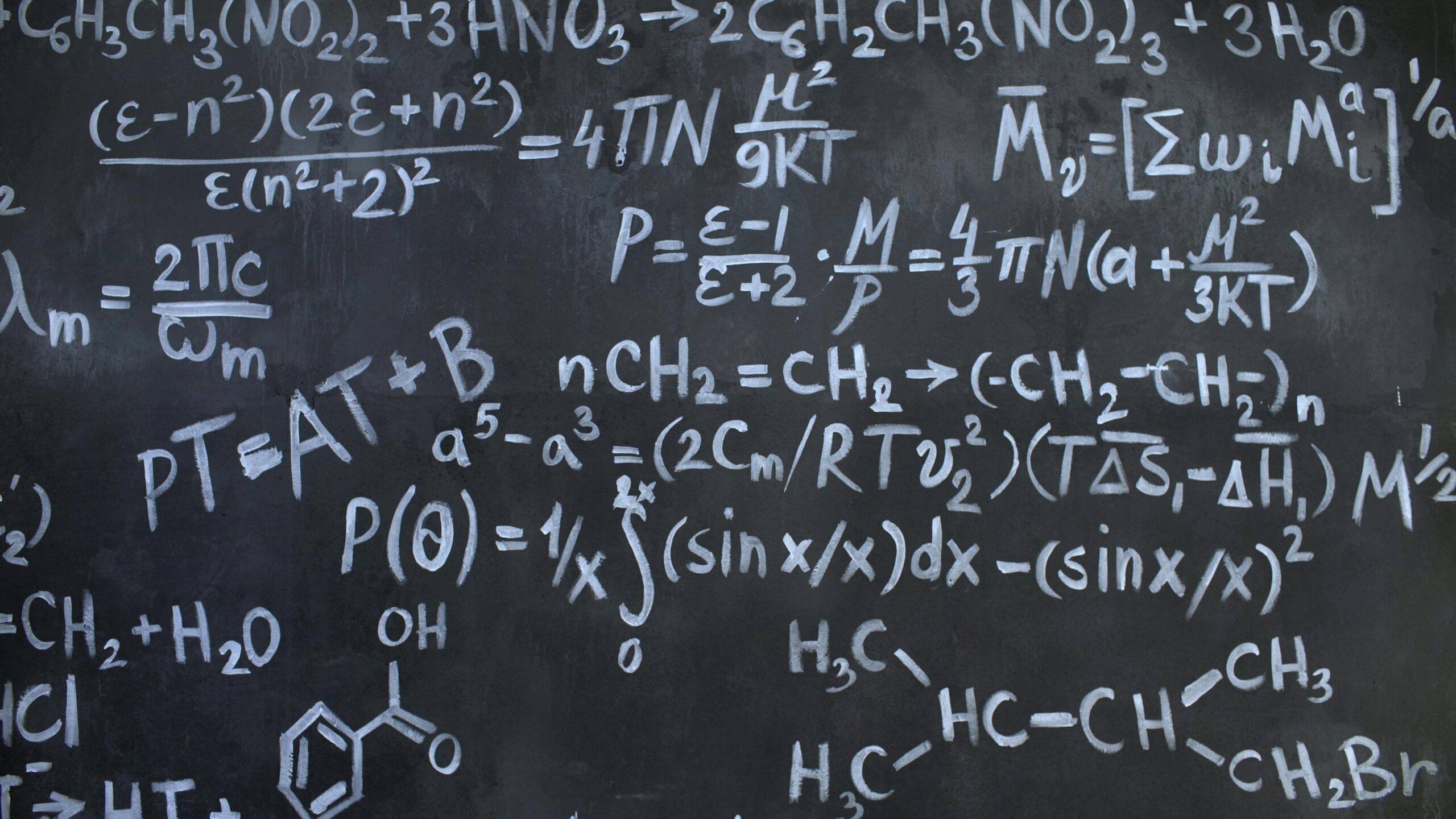I have been thinking a lot about how science communication is done. I see people who are interested in science but they consider it “too hard” or “they just don’t get it”. But this doesn’t have to be the case.
”The ultimate test of your knowledge is your capacity to convey it to another”
-Richard P. Feynman
I have been excited to see more and more stem content creators on social medias like TikTok, Instagram and YouTube. Some of my favourites being Hank Green, Dykanite and Nile Red. And of course we cannot forget the documentary icons such as Sir David Attenborough, Steve Irwin, and Brian Cox. Many of these have pioneered science communication and fostered curiosity and wonder in their audiences. They are great communicators of their specialist subjects.
Unfortunately though, I am often still frustrated when engaging with science communication.
The Issue of Patience
One of my biggest pet peeves is the “dumbing down” of concepts. Perhaps it is an issue of patience with the audiences current understanding of the subject. However I find the “dumbing down” of things makes it less engaging, less interesting and makes me not want to engage at all.
What it says to the reader is “I’m just going to say it like this because you don’t have the capability to understand it, and I don’t have the capability to explain it”. Taking the time to explain a topic can increase your own understanding as well as theirs. This is a well known phenomena in education called the “Feynman Technique”, used by physicist Richard Feynman.
By assuming that someone just won’t get it or that it’s too complicated for a wider audience, is felt by the audience. Who now are now disengaged and the feeling of not being able to understand science is reaffirmed.
By not assuming that an audience is unable to understand and explaining clearly, more people will feel empowered and enabled to engage with science.
Now this does not mean that you can say that E=mc^2 and expect everyone to understand. However if you explain that everything that has mass has energy, we are one step closer. You can give an example. Always try examples it makes everything so much easier. For instance, this is like how we can burn coal to get energy to power a city because we take the energy from the coal. We are now two steps closer.
Examples with E=mc^2
You can even explain how to calculate this in very simple terms. The measurement of mass, multiplied by the speed of light, multiplied by the speed of light again will be the energy in an object. However there are probably still a lot of unanswered questions. Once again, use an example, examples are important.
For instance I weigh 48kg. Now weight and mass are not the same thing, as mass is just how much stuff there is and there would still be the same amount of me on the moon but I would weigh less.
However my mass is still 48kg because we Earthlings invented maths so we get to set the scale on which mass is measured so we set the standard mass of something to be equal to weight on Earth. But if I was from the moon I’d have to multiply my weight by 6 because the moon only has ⅙ of gravity that is felt on Earth.
The speed of light is approximately 300,000,000 metres per second, and using this equation, we can work out how much energy I have as an object at rest in joules. 48kg x 300,000,000m/s x 300,000,000m/s =4.32e18 J. This is about 1,000,00 gigajoules, an equivalent to 239005.736 tonnes of TNT. (This is mostly because molecules have a lot of energy stored in them, and I am made of molecules).
Connecting With Your Audience
Now that an example of how it works has been given, it’s important to state why they should care. This really depends on your audience. Maybe they are an energy company, wanting to understand how much energy they can produce with x amount of fuel. Maybe some kids want a science project and calculate the energy of household items. Or maybe you’re a college kid trying to survive third year physics. This is also useful information for anyone trying to understand physics for many different fields of study or personal interest.
Either way, now both me and whoever ends up reading this now knows how E=mc2 works. Perhaps not all the ins and outs but nothing is “dumbed down” and is explained clearly for my intended audience. This does take a little more work and patience but sharing science is worth it.



Leave a Reply